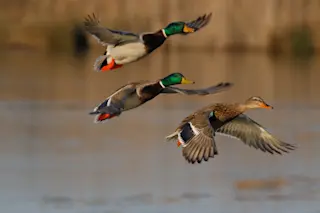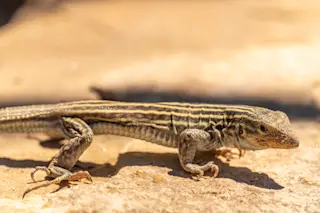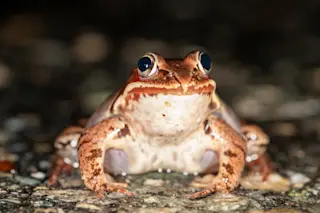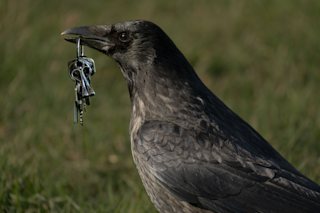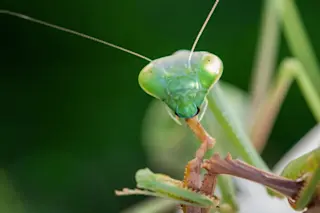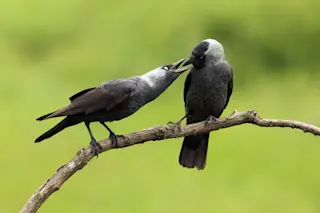Patricia Brennan from Yale University is trying to encourage male Muscovy ducks to launch their ballistic penises into test tubes.
Normally, the duck keeps its penis inside-out within a sac in its body. When the time for mating arrives, the penis explodes outwards to a fully-erect 20cm, around a quarter of the animal’s total body length. The whole process takes just a third of a second and Brennan captures it all on high-speed camera. This isn’t just bizarre voyeurism. Duck penises are a wonderful example of the strange things that happen when sexual conflict shapes the evolution of animal bodies.
Many ducks form bonds between males and females that last for a whole mating season. But rival males often violently force themselves onto females. To gain the edge in these conflicts, drakes have evolved large corkscrew phalluses, lined with ridges and backward-pointing spines, which allow them to deposit their sperm ...


